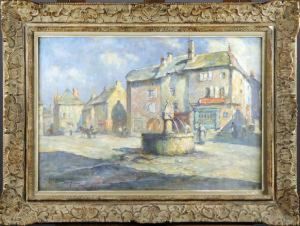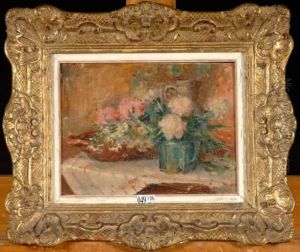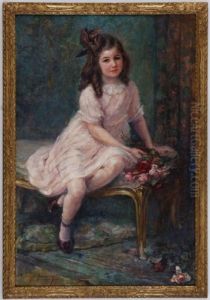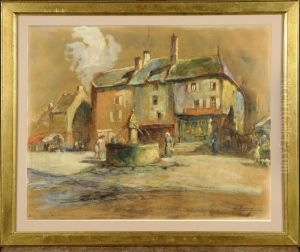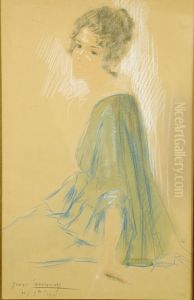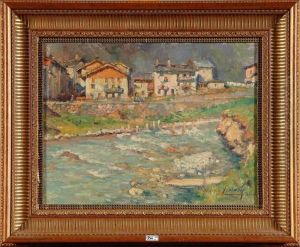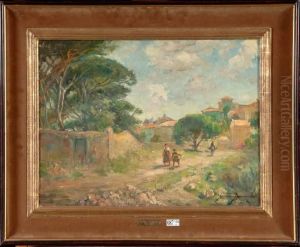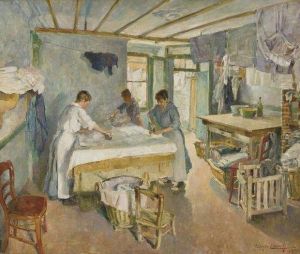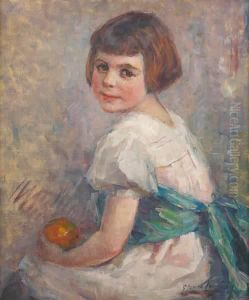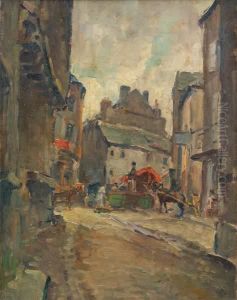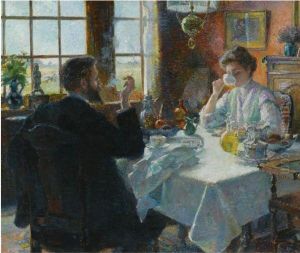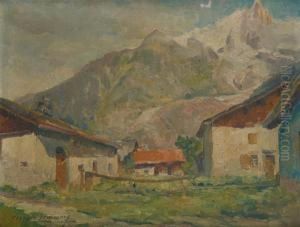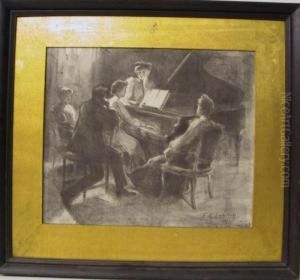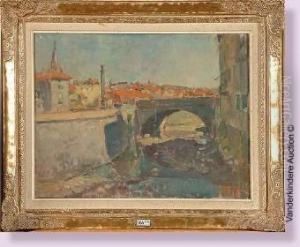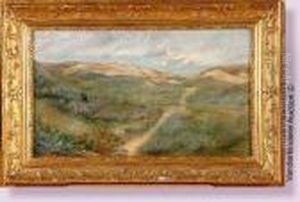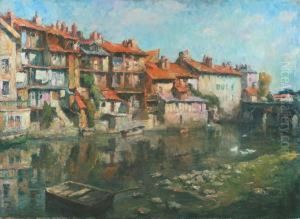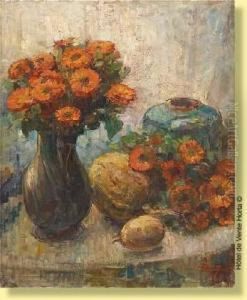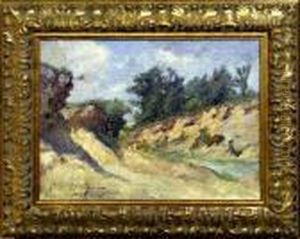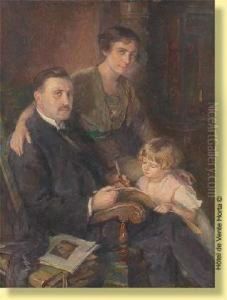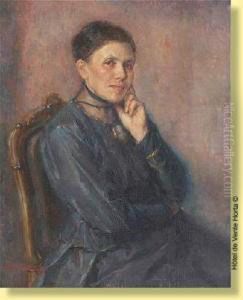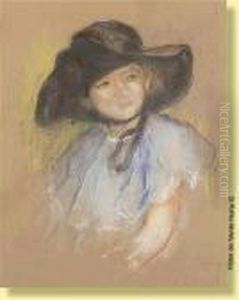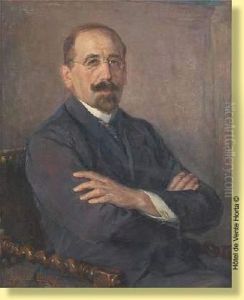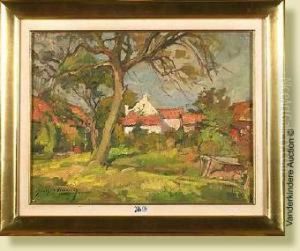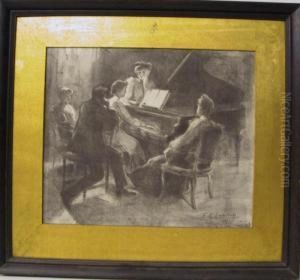Georges Lemmers Paintings
Georges Lemmers was a Belgian artist known for his contribution to the Art Deco movement and his work as a decorative painter, watercolorist, and etcher. Born on February 15, 1881, in Brussels, Belgium, Lemmers studied at the Academy of Fine Arts in Brussels. He was significantly influenced by the Art Nouveau movement, which was prevalent during his early years as an artist.
Lemmers initially gained recognition for his landscapes, which showcased his skill in capturing the subtleties of light and atmosphere. His early works were influenced by Impressionism, but as his career progressed, he began to incorporate a more structured and decorative style characteristic of Art Deco.
During the 1920s and 1930s, Georges Lemmers became associated with the Art Deco movement, and his work during this period reflected the movement's emphasis on bold geometric forms, rich colors, and stylization. He was also involved in the design of tapestries and furniture, contributing to the interior design trends of the period.
Aside from his decorative works, Lemmers was known for his etchings and watercolors, which often depicted urban scenes and landscapes with a unique blend of realism and decorative stylization. He participated in various exhibitions throughout his career, both in Belgium and internationally, which helped to establish his reputation as a leading figure in the decorative arts.
The outbreak of World War II had a profound impact on Lemmers' life and work. The war disrupted the art market and limited opportunities for artists throughout Europe. Georges Lemmers passed away on October 15, 1944, in Uccle, Belgium, towards the end of the war. Despite the challenges of his final years, Lemmers left behind a legacy that has continued to be appreciated for its contribution to the evolution of modern decorative art and as a representation of the interwar period's aesthetic shifts.
